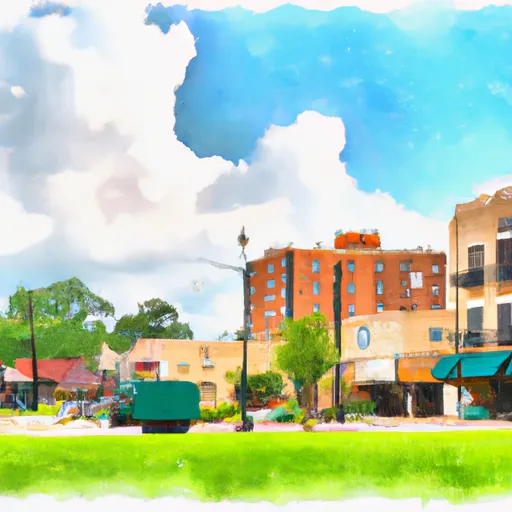°F
°F
mph
Windspeed
%
Humidity











Many, Louisiana is a charming town located in Sabine Parish, with a unique climate and diverse outdoor recreation opportunities. The town experiences a humid subtropical climate, characterized by hot, humid summers and mild winters. Summers often see temperatures rise above 90°F (32°C), while winters are generally mild, with average temperatures around 50°F (10°C). Rainfall is evenly distributed throughout the year, with occasional thunderstorms and the possibility of hurricanes in the late summer and fall.
Many is surrounded by the scenic Toledo Bend Reservoir, offering exceptional hydrology constituents. This man-made lake is renowned for its excellent fishing, with an abundance of largemouth bass, catfish, and crappie. Water sports enthusiasts can enjoy boating, water skiing, and swimming in the reservoir's clear waters. Additionally, the area boasts picturesque forests and bayous, providing opportunities for kayaking, canoeing, and wildlife spotting.
Outdoor enthusiasts in Many can explore the Kisatchie National Forest, offering numerous hiking and biking trails through lush woodlands and diverse ecosystems. The forest also hosts various hunting seasons for deer, turkey, and small game.
In conclusion, Many, Louisiana offers a pleasant climate, abundant hydrology constituents, and a wealth of outdoor recreation opportunities, making it an ideal destination for nature enthusiasts and outdoor adventurers.
Weather Forecast
Many receives approximately 1354mm of rain per year, with humidity levels near 90% and air temperatures averaging around 19°C. Many has a plant hardyness factor of 8, meaning plants and agriculture in this region tend to thrive here all year round.
Regional Streamflow Levels
36
Cubic Feet Per Second
7,250
Cubic Feet Per Second
32
Cubic Feet Per Second
211
Cubic Feet Per Second
Nearby Camping
| Camping Area | Reservations | Toilets | Showers |
|---|---|---|---|
| San Miguel Park State Rec Area | |||
| Cypress Bend State Rec Area | |||
| South Toledo Bend State Park | |||
| Intracoastal Parish Park | |||
| Willow Oak | |||
| Indian Mounds |



